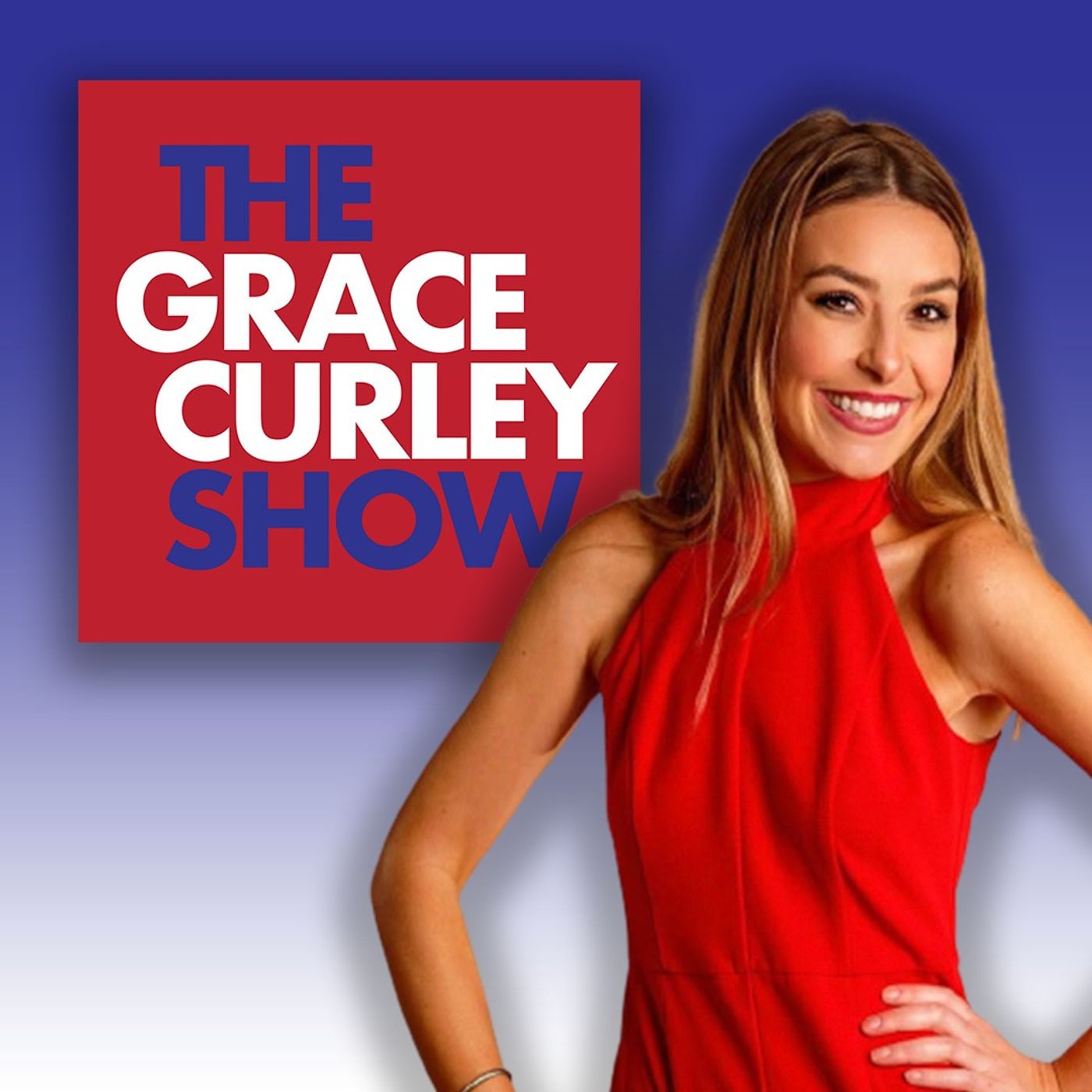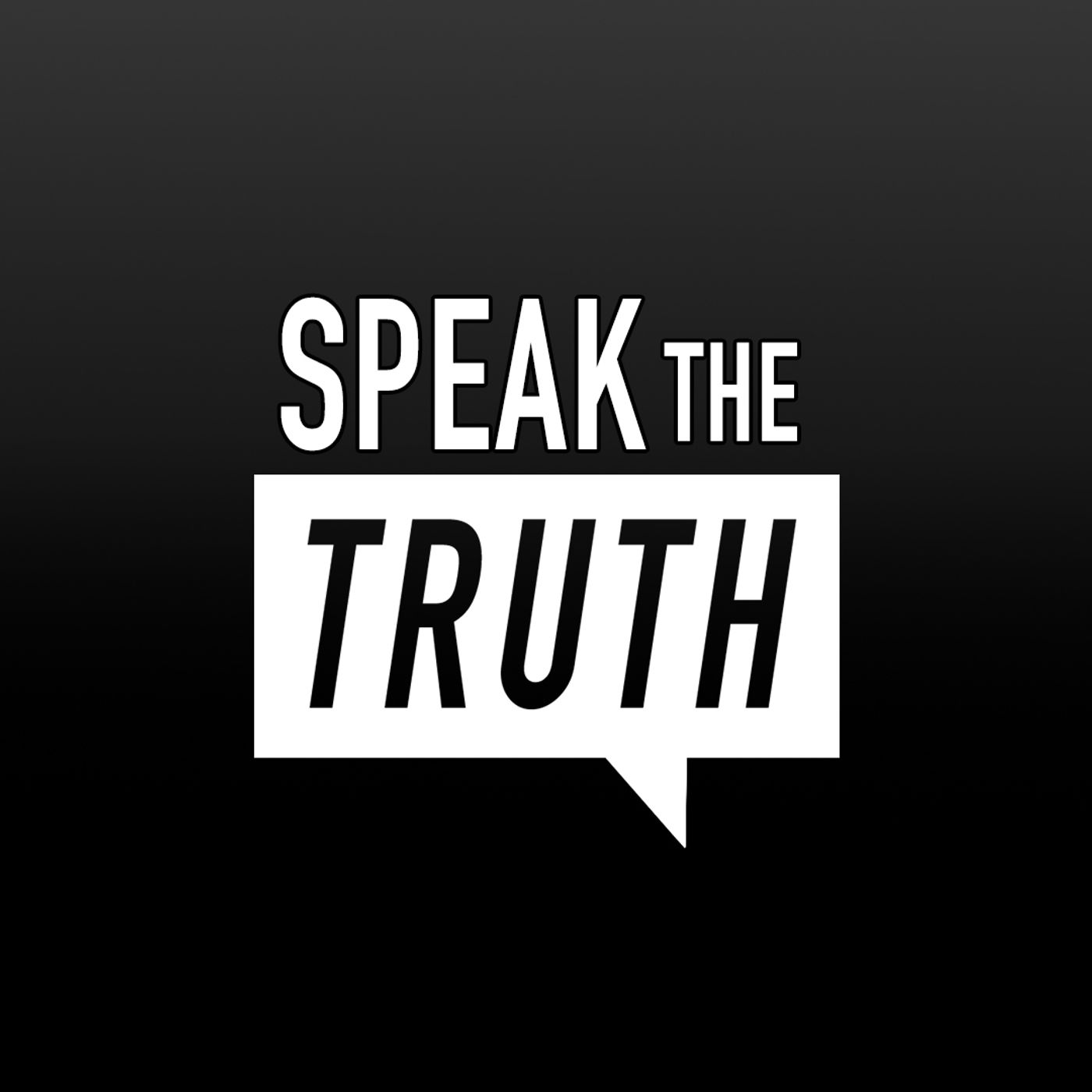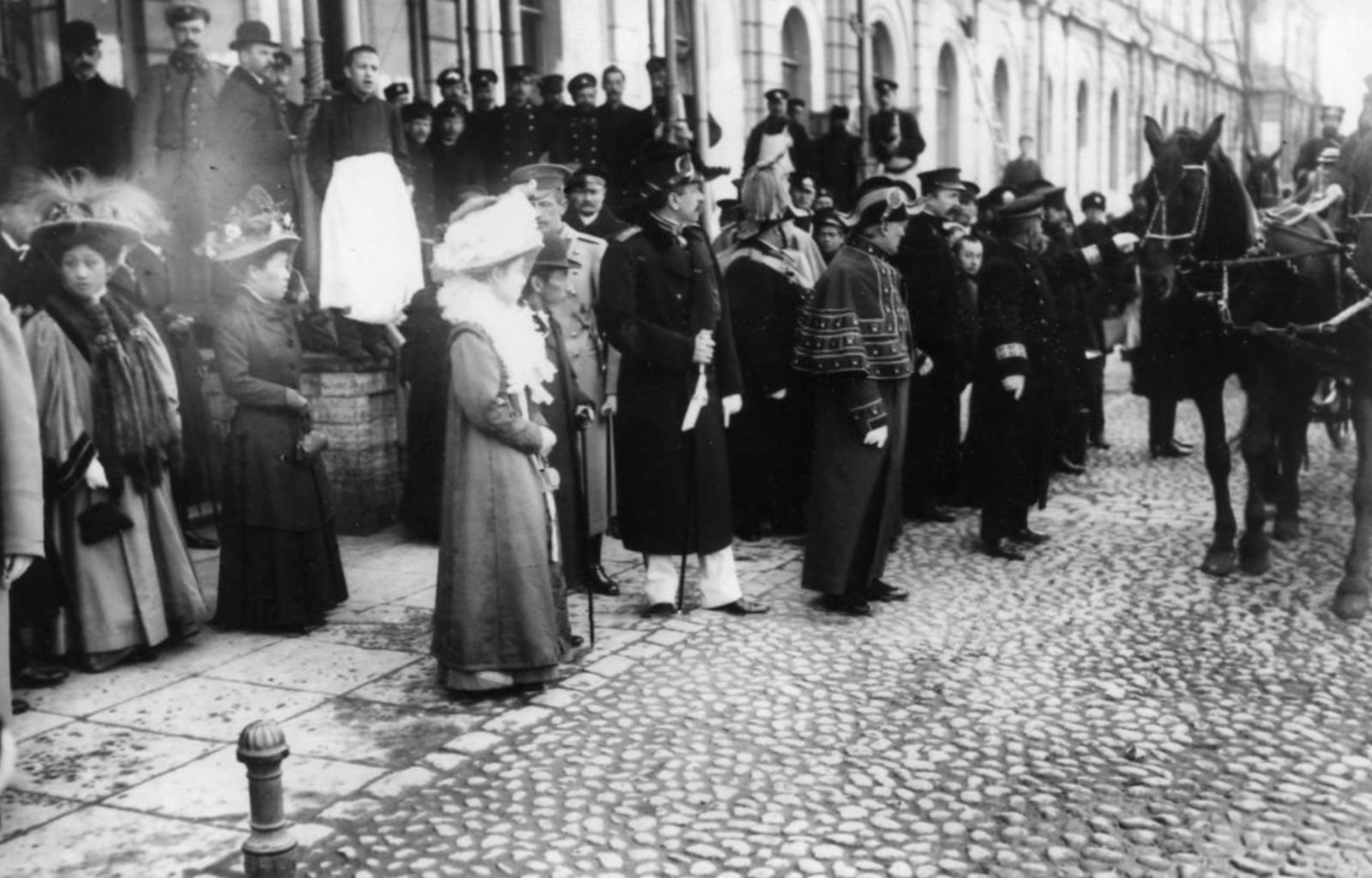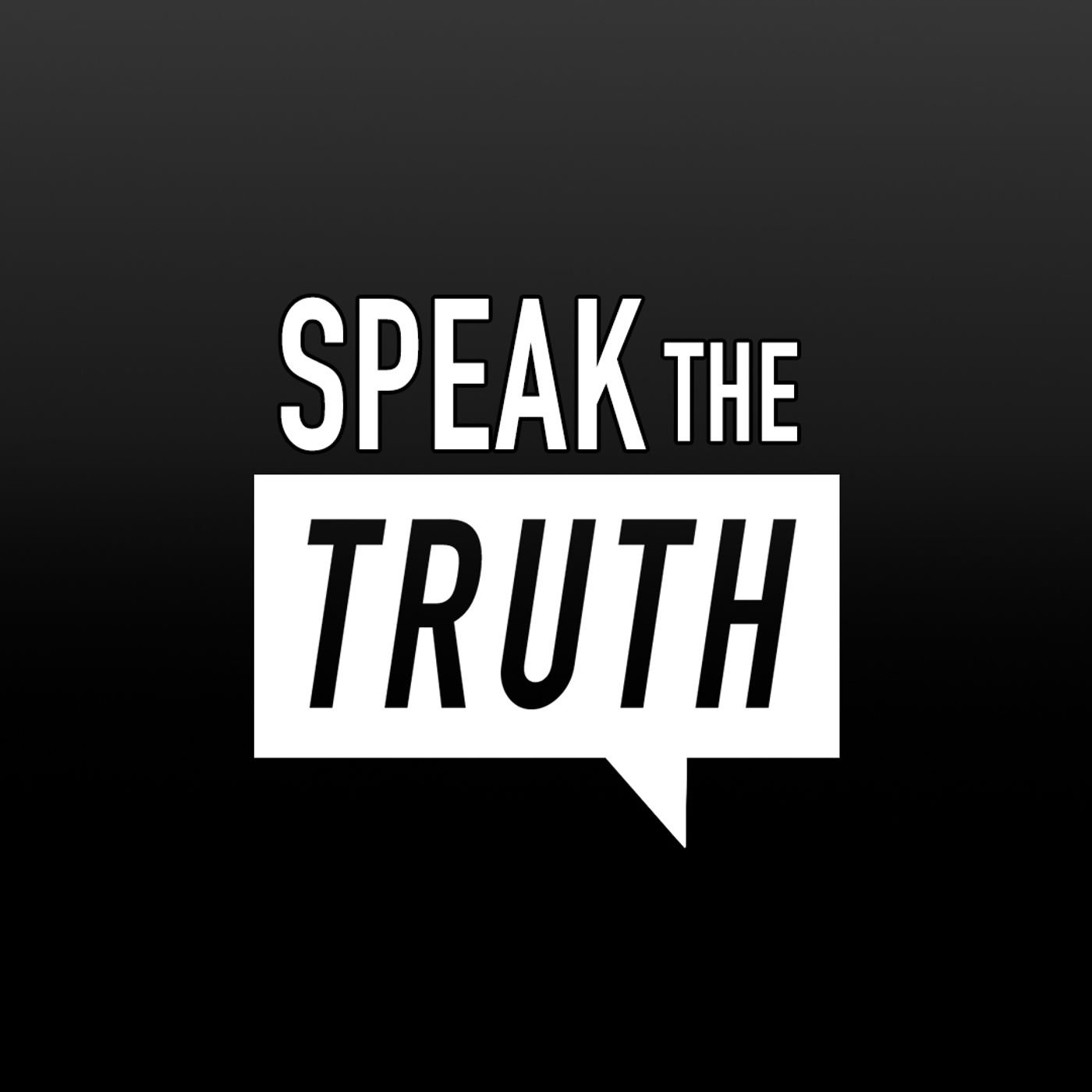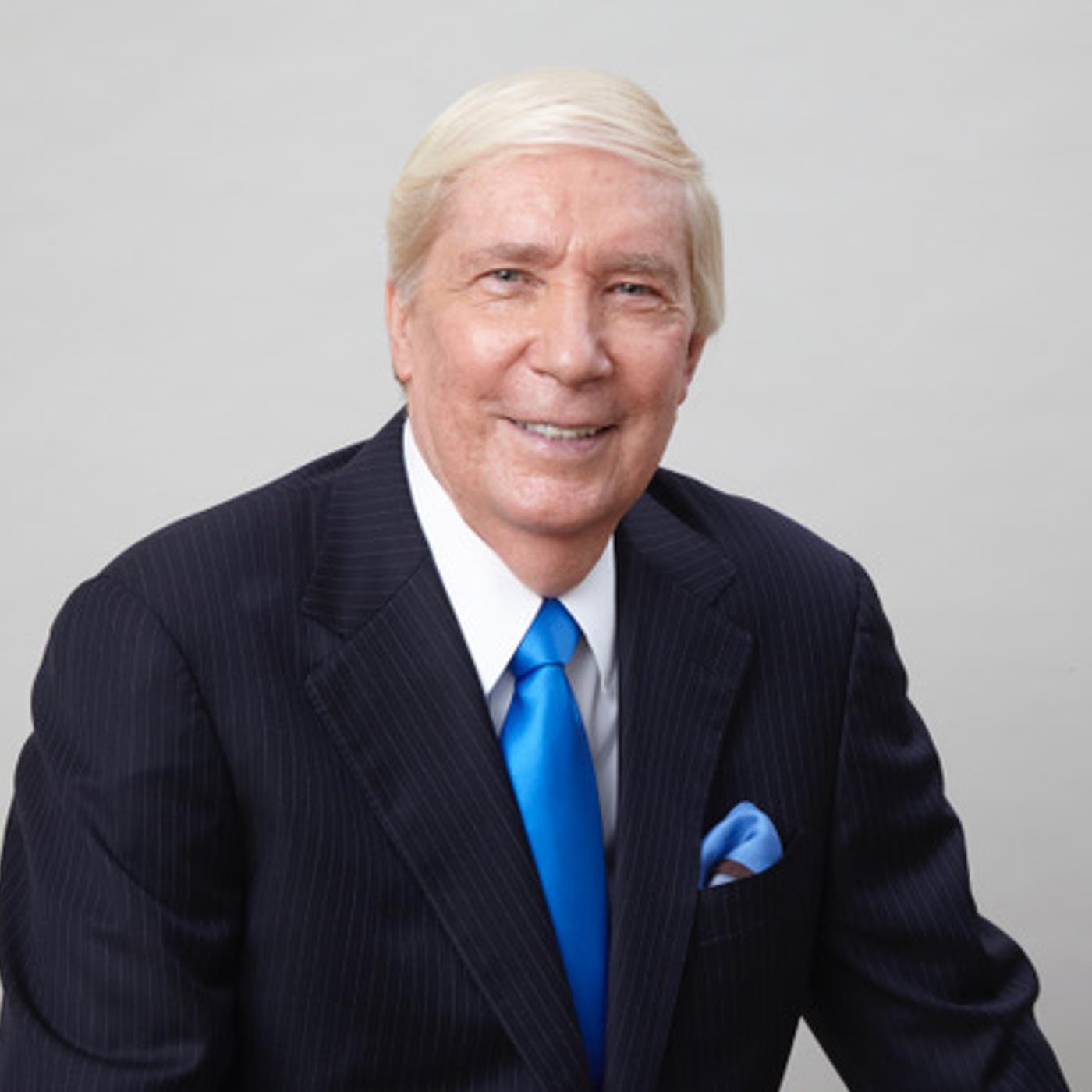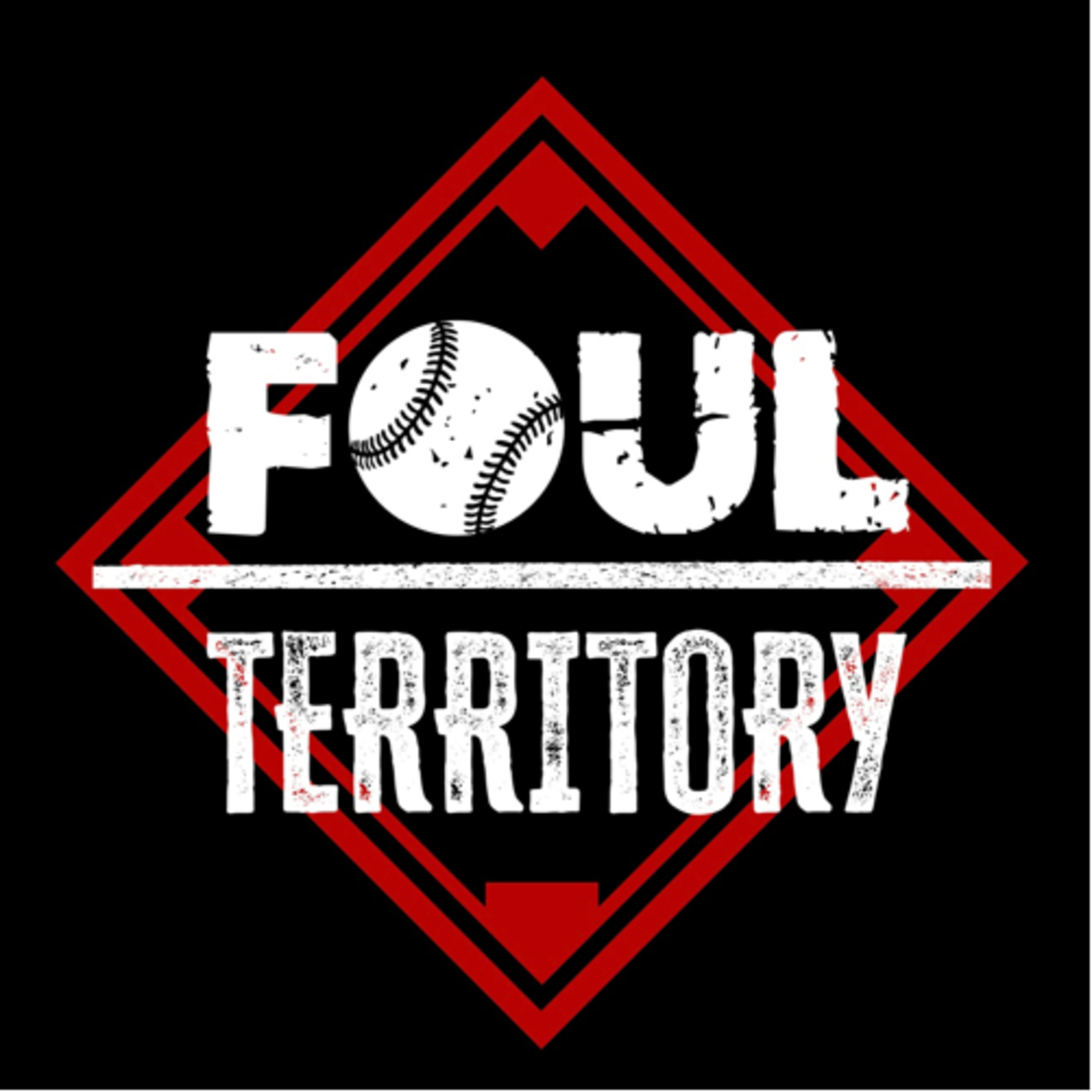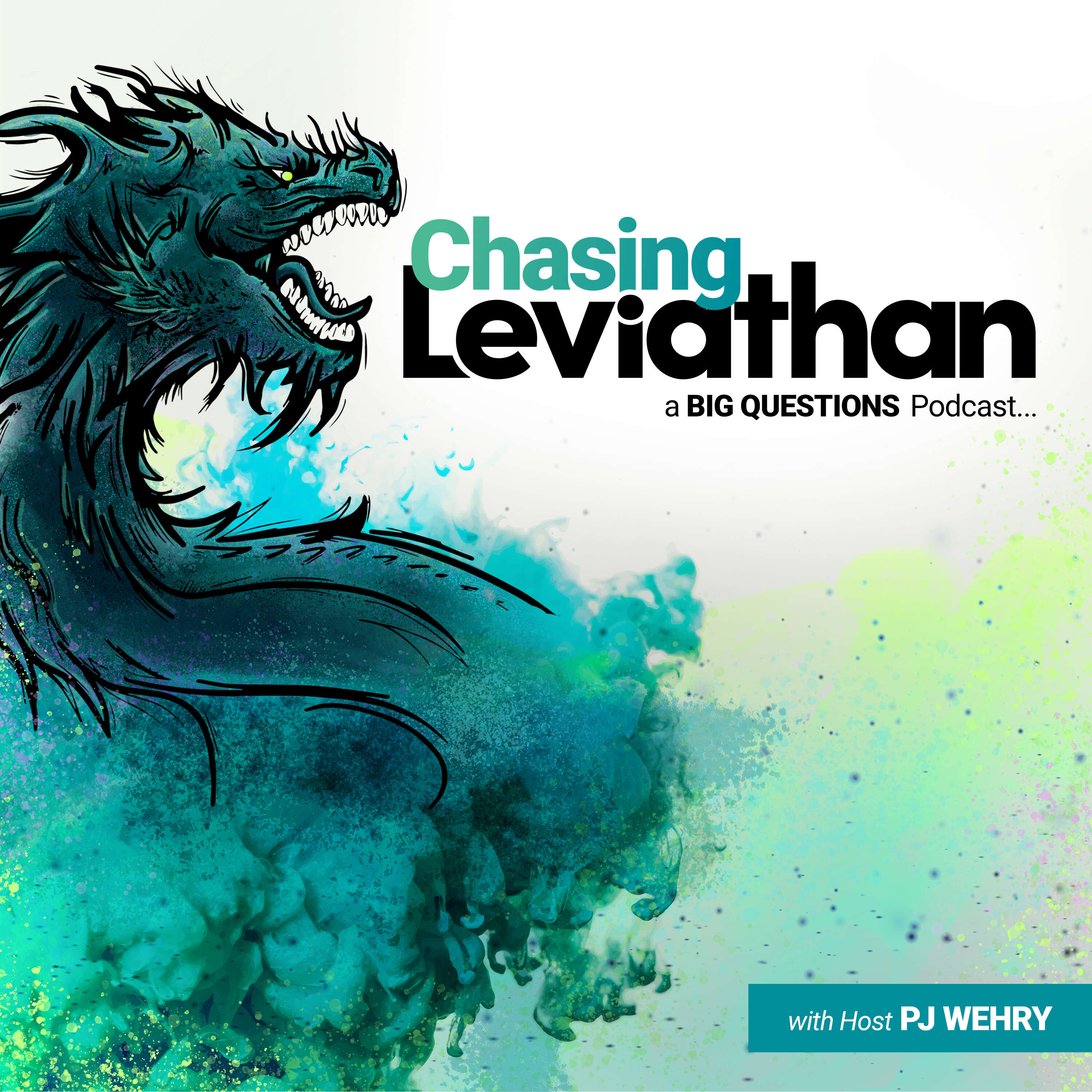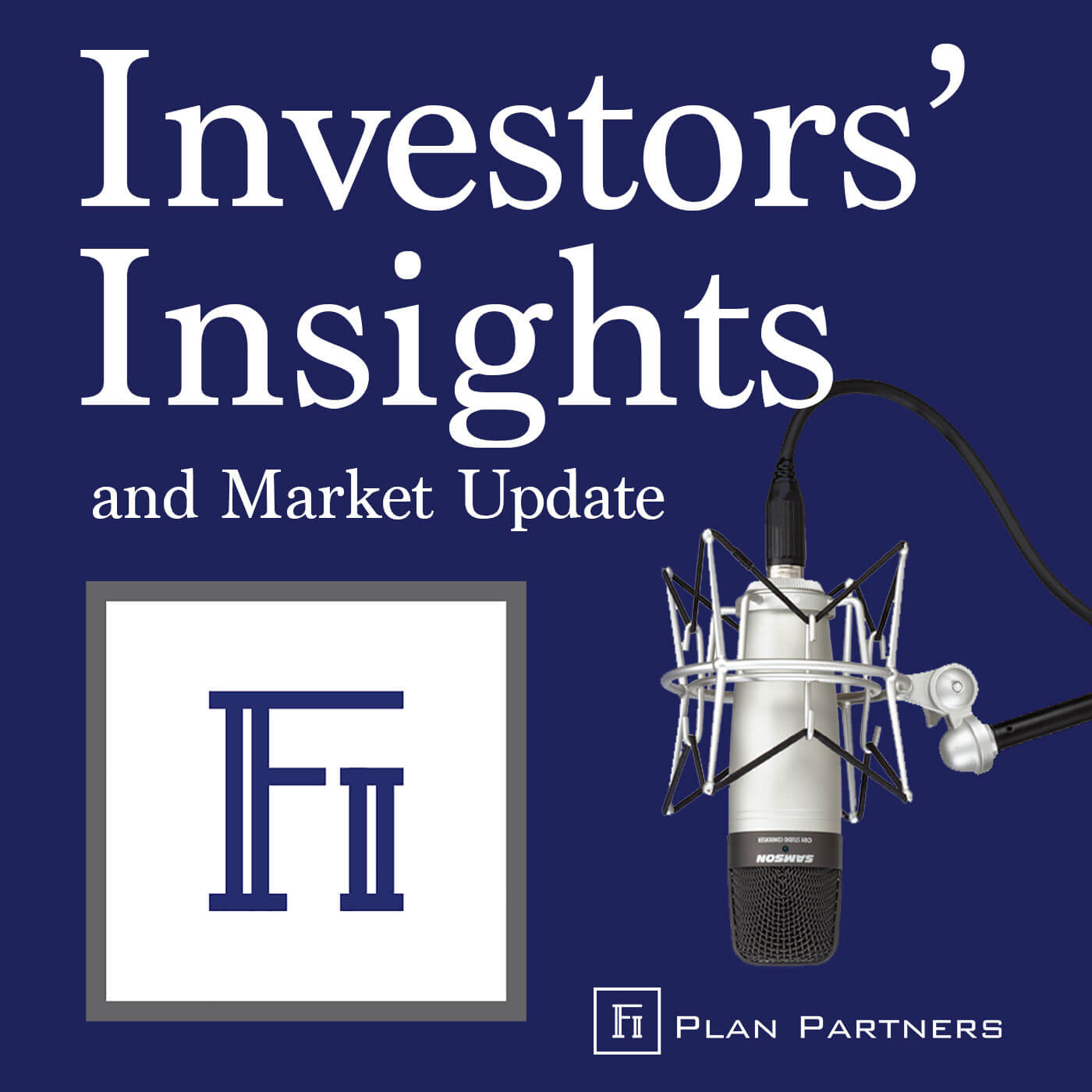Russian Roulette
Unrest in Russia There was an effective attempted coup in Russia over the weekend with the Wagner group. At one point, they were marching on Moscow. However, when the markets opened today, this topic seemed quelled entirely. What it did, however, was create more questions. This war between Russia and Ukraine has been in a stalemate for over a year now, and much of the uncertainty around it seems to have been removed. The markets don’t react to any news one way or the other, but one question this raises is if there was unrest in Russia, how would that impact our markets here in the US? In February 2022, when the war in Ukraine started, our US oil market spiked to nearly $120 a barrel. That’s the market’s perceived risk if Russian oil were ever taken off the market. Right away, we thought, at that time, that Russian oil would be removed. We’ve limited oil export to Europe and the US through sanctions, but we didn’t stop it. It’s just moved to where it’s going, so Russian oil is still pumping. If you ever wanted to produce unrest within Russia, that’s precisely where you’d want to go. That’s where the power base is, is in that money being driven from all production oil sales globally. If we were to see any continued unrest, it would likely happen in the oil market exclusively first. We’re watching closely because that’s where the hedge is. If you want to hedge against the potential expansion of coups within Russia, it’s the oil market. That’s where the protection is and where the prices will be hit. Russia as an economy is extremely small and has almost no impact on us. It’s a large energy country, so there will be no hit market-wide; only in the energy sector could it make an impact. Historical Rate Hikes With the Fed pausing its rate hiking in June, we wanted to review what that historically means for the stock market and interest rates. Looking back in history, over the last 35 years, there have been five monetary policy periods when the Fed paused after a major rate hiking cycle like we’re currently in. During these periods, it took four to fifteen months before the Fed started to cut rates, with the average pause lasting just shy of seven months. As expected, the Fed paused its rate hiking cycle after fifteen consecutive months of tightening. What happens to the market and interest rates? While the number of occurrences is limited, stocks have done relatively well after a Fed pause following a major rate hiking cycle. The S&P 500 traded higher over the following twelve months after four of the last five pauses. The average twelve-month index return for all five periods was 16.4%. The outlier year was the pause in May of 2000. Interest rates have historically declined after a Fed pause, which is good news. The ten-year treasury yield also declined after all five Fed pauses, falling by an average of 13.7% over the following twelve months. So, history says a Fed pause is good for the markets and can be good for interest rates falling. We’ll see what happens here, but history says it’s a good thing. Student Loans We expect to see a Supreme Court decision that will impact student loans in the upcoming weeks. No matter this court decision, student loans are set to start picking up interest again in September, with the first payments beginning in October. This would be the first time people have been forced to pay their student loans since March 2020. Some college kids are two years out of college and have never paid student loans. This is going to have a significant impact on consumer discretionary spending. On average, student loan payments are $383 a month. For people between the ages of 18 and 29, student loans account for nearly a third of their total debt. Out of all of the debt someone might have, including auto loans, mortgages, credit cards, and more, student loans were a third of it all. The Supreme Court must decide if they want to uphold the plan to forg


